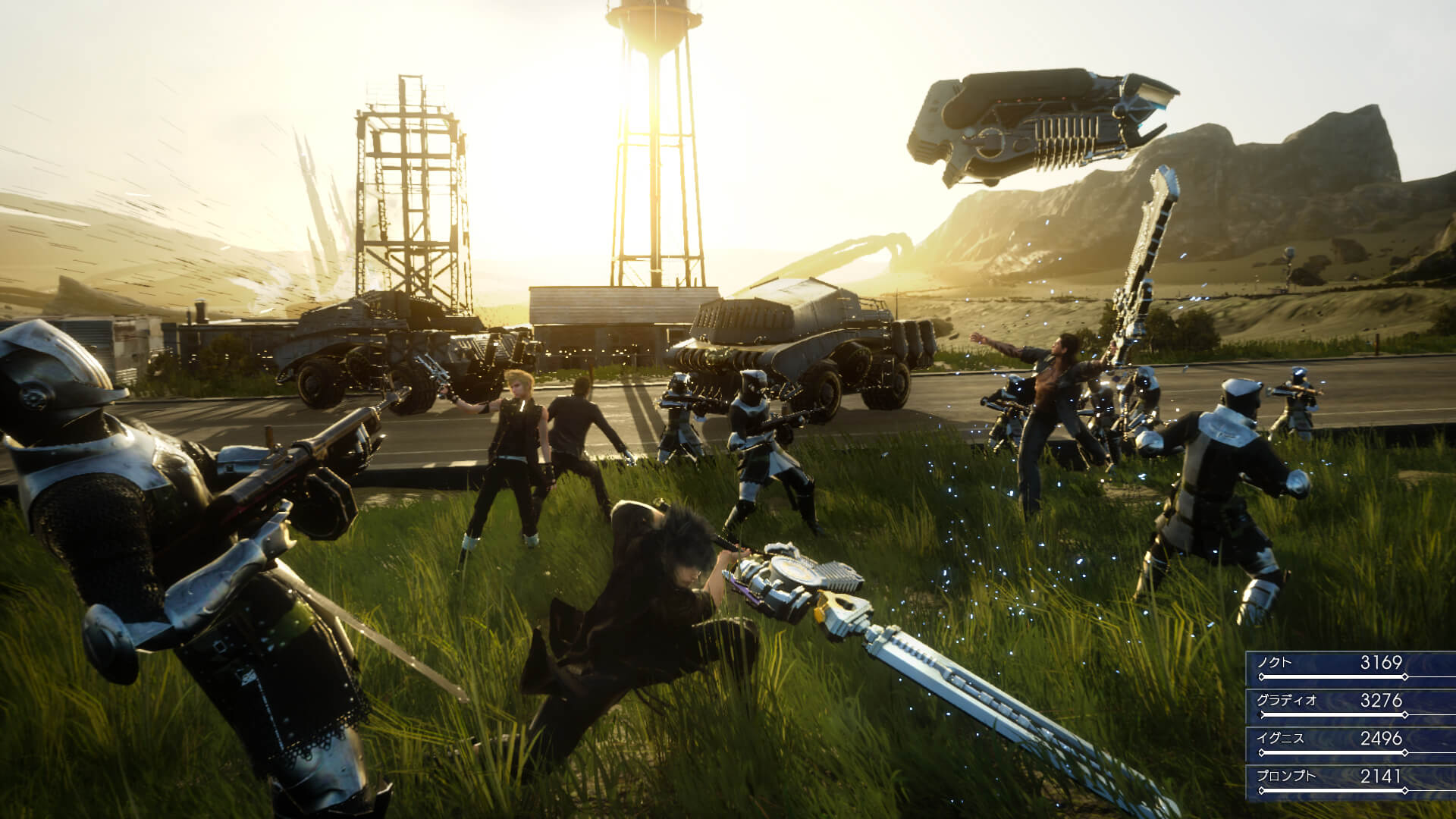There are various mediums in which we garner entertainment. We enjoy books because they create entire worlds with words, in which we can empathize with the perspective of a fictionalized character. However, others find more enjoyment from visual stimuli and so indulge in television or film. Where stories are told through images and actors, who in turn convey a greater narrative. Some individuals like myself turn to video games as a form of entertainment. The ability to interact within a narrative or control a digitally designed being to complete a task. As time has gone on, video games have grown more interactive, more diverse and more complex. Initially, you had the ability to control a character as they moved sideways across a screen and jumped over obstacles. Now the interactivity within games is endless. Decide upon your character’s appearance, gender, sexual orientation or abilities. Take control of the narrative by choosing which relationships to prioritize and by making consequential decisions within the narrative. Interact with items as mundane as knives and folks within expansive open worlds, exploring them in whatever manner you see fit.
However, I’ve recently come to question how much interactivity is enough within a game. While playing Final Fantasy 15 I constantly wished I had more control. There are a lot of nuances like using magic or team based kills within the Final Fantasy 15 combat system. But the basic moment to moment gameplay boils down to hold down circle to attack. And while holding circle, my character Noctis, would flip, jab, stab, teleport and eventually after a long time of this happening and me growing bored with holding down the same button to do it all, I’d defeat my foe. The problem here is, I didn’t really take part in that. Very little relied on my attention being focused within the game, or me personally using strategy.

Another instance in which Final Fantasy seems to strip interactivity from you is its driving segments. We’ve all played open-world games, and whether it be a car, bike or horse, it’s important we have some way to get from one point in their massive landscapes to the next. And despite them basically being a way to get from here to there, they become an aspect of the gameplay. In Final Fantasy not so much. Your personal vehicle is the Regalia, a pretty cool looking car. However your ability to control it is limited. You can only manually drive the car at certain times of day, and even then the roads you traverse are long and straight, and because the car can’t drive off-road, you can’t actually use the Regalia to explore anything of consequence. Because of this most of my time driving was automated, and left me with at times 5 minutes of staring at my car as it drove itself to my destination. Sure the world is beautiful to look at, and I could have potentially paid some extra cash to fast travel, but this lack of interactivity in a map where you have to constantly go back and forth to complete side quests is just straight up bad game design. And so because Final Fantasy 15 became less interactive at points, I found my enjoyment of the game lessened too.
There are other avenues in which gamers have complained due to their perceived lack of control. Many a gamer has complained over the use of quick time events, and that particular topic can be argued both ways. If the gameplay segment would have initially been a tough boss fight needing strategy and finesse and instead was reduced to a quick time event, then it can argued that the lack of interactivity there made the game worse. But if the quick time event is used to turn what would have been a cut scene into something a little more urgent, then it’s actually adding interactivity to the game. Some games are more interactive in some respects than others. The likes of Heavy Rain, Until Dawn and Telltale’s Batman, aren’t as interactive from a gameplay perspective like let’s say Watch Dogs 2 might be. However, they allow you to make far more choices in regards to the narrative. Making the narrative itself interactive. Allowing you to decide how the story will shape itself, and perhaps whether certain characters will even survive.
Some games take away certain levels of interactivity in order to improve the overall experience. Consider Gone Home, a title many have argued against being called a video game, and instead rather a walking simulator. However Gone Home is intelligent in where it offers interactivity. The game doesn’t distract you by offering several million customization options. Or by allowing you to explore a diverse open world. It plants you in a confined space with only the ability to open doors and pick up pieces of paper. This lack of interactivity, therefore, emphasizes these mechanics and encourages the player to look in every nook and cranny for each new piece of information they can read, and therefore piece the story together piece by piece. Whereas in Skyrim, where your ability to interact with the world is endless, the last thing players will do is go back and read any stray pieces of paper they find lying around.

And I think that’s where games like Gone Home and Heavy Rain should be appreciated rather than looked down on. They aren’t opposed to interactivity. They merely guide your focus towards specific mechanics or features. They may not be as interactive as an RPG like Skyrim, but that’s because they have carved out their own niche and genre within gaming. Whereas Final Fantasy 15 takes a genre we know very well and strips down some of the interactivity we have come to expect. And perhaps that’s why I didn’t enjoy it but did enjoy my time with Gone Home. It’s different for each of us. Some of us want to be able to customize to our heart’s content. Others want a predetermined world laid out for them. Some people like to interact with worlds and characters and play games. And others like my dad can’t stand anything where you need to push a button other than the one that changes the channel. For more on Final Fantasy 15, feature pieces and gaming, stay tuned to Thenerdstash.com







